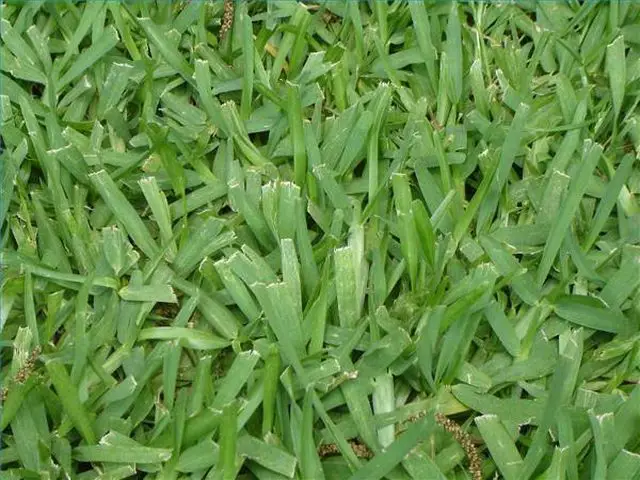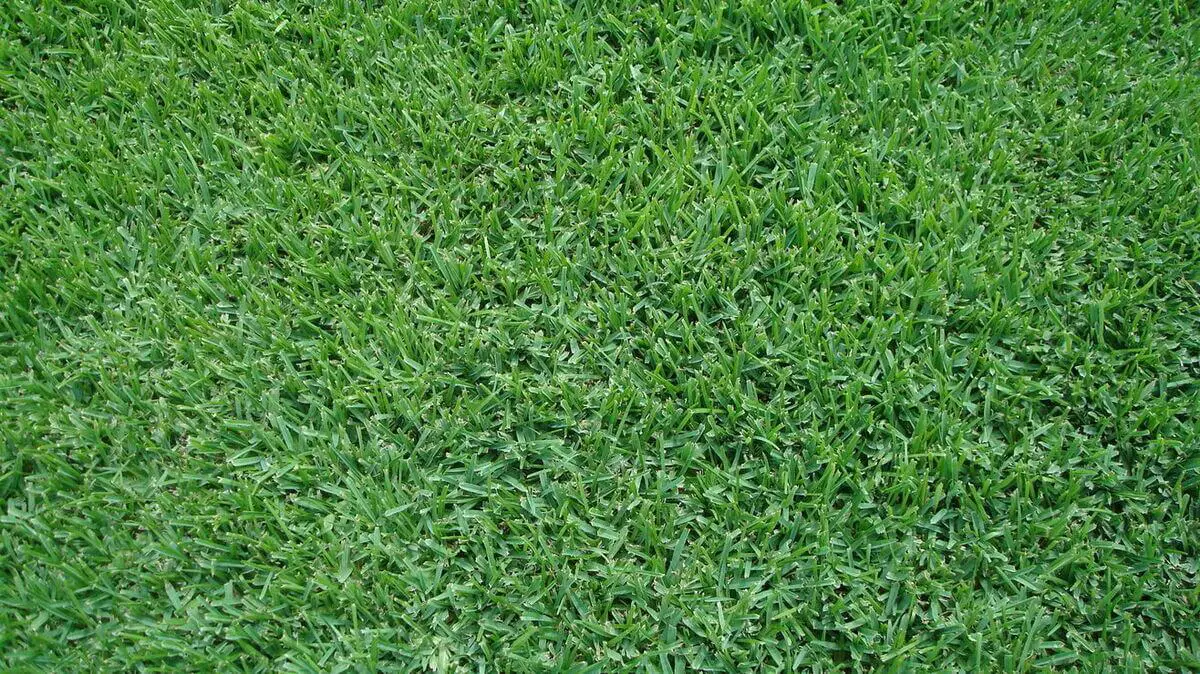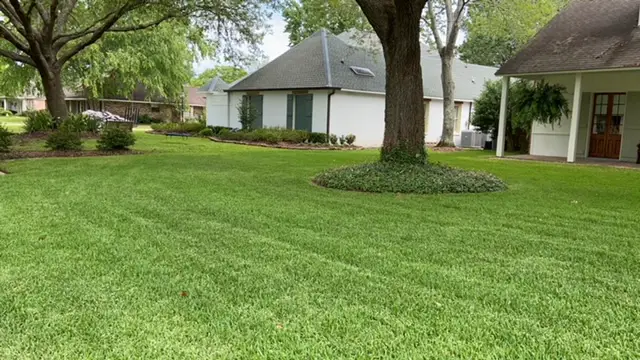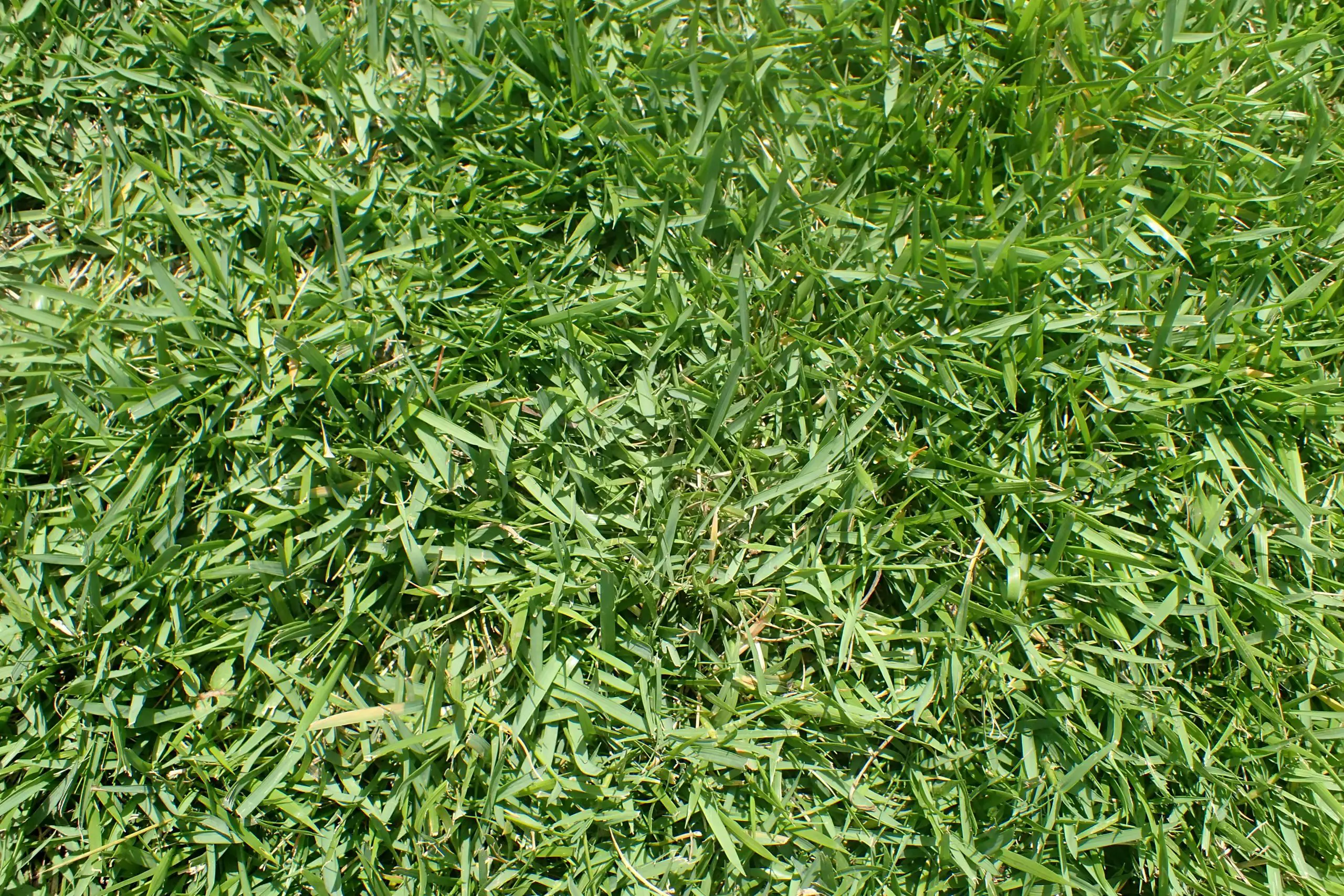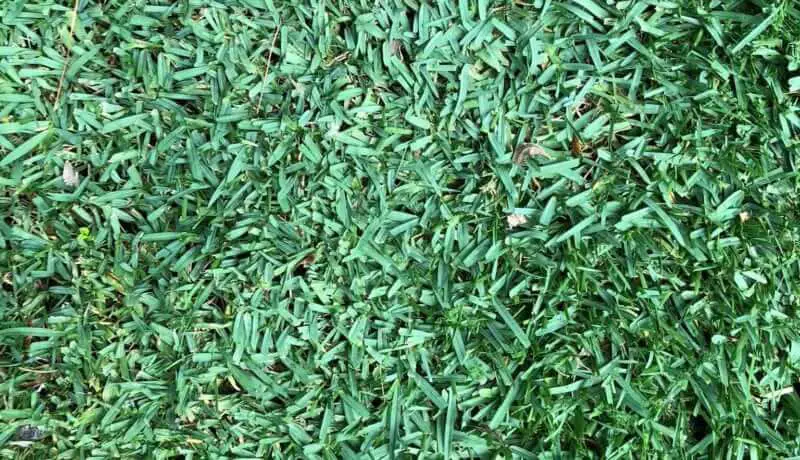These are the Best Types of Grass For South Louisiana. The climate here can be quite challenging for the best
St Augustine Grass Sod
St Augustine grass (Stenotaphrum secundatum) is a low growing, dark green grass, with broad, flat blades.
This grass is mainly found in tropical and sub-tropical areas along the gulf coast of the United States, the Caribbean, and Mediterranean.
It spreads by stolons, and forms a dense layer, which commonly chokes out most weeds in the lawn and turf.
St Augustine is one of the most shade-tolerant warm-season grasses available in our region and is recommended for U.S. Department of Agriculture plant hardiness zones 8 through 10.
It is also a medium to high-maintenance grass, which requires occasional fertilizer, and regular mowing to look its best. Saint Augustine grass provides a lush green lawn until frosts when it goes dormant.
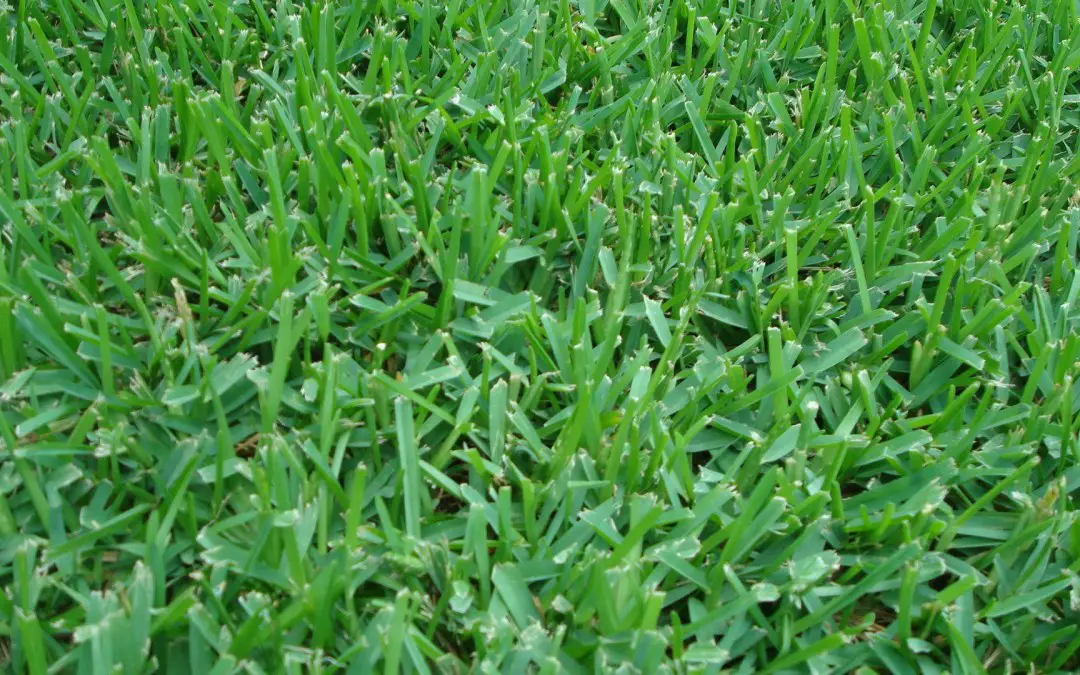
Why People Love St Augustine Grass
St Augustine grass is one of the most popular turf grass varieties in lawns across the country. It's known and prized for its traditional look and feel. When people think of lawn grass, they envision St Augustine grass.
Types Of St. Augustine Grass Sod
There are multiple types of St. Augustine grass sod used in Louisiana, each having subtle or distinct differences from the other.
Here are some of the more popular and widely used varieties.
Classic St. Augustine Grass Sod has wide blades, a vibrant medium to dark green color, and performs well in both full sun and partial shade. Classic can thrive on 4 – 6 hours of filtered sunlight and is more ccold-tolerantthan other varieties of St. Augustine.
- It is a low to medium profile-dwarf which has better disease and insect tolerance than Floratam.
- The root system is more dense and is a prettier green color.
- Classic responds well to fertilization and is a superior quality than Floratam.
- Once established, it requires the same amount of water as unless it is in a shady area.
Beautiful St. Augustine Sod.
We sell & Deliver Sod Locally and regionally. Great Prices
St. Augustine Palmetto was discovered by a sod grower in Florida in 1988 and released to the public in 1994. At times, it is called a “semi dwarf” since it has a less lengthy internode and habit than other types of St. Augustine, but it is a bit bigger than the dwarf cultivars.
- It grows well in partial shade and full sun, but it’s not suitable for dense shade.
- Palmetto is a native St. Augustine grass cultivar selected for better color and finer texture than ordinary St. Augustine grass.
- Palmetto St. Augustine grass demonstrates superior shade, cold, frost, heat, and drought tolerance.
- It can exist on about 3 – 4 hours of direct sunlight per day with filtered sunlight throughout the rest of the day.
Floratam St. Augustine Grass
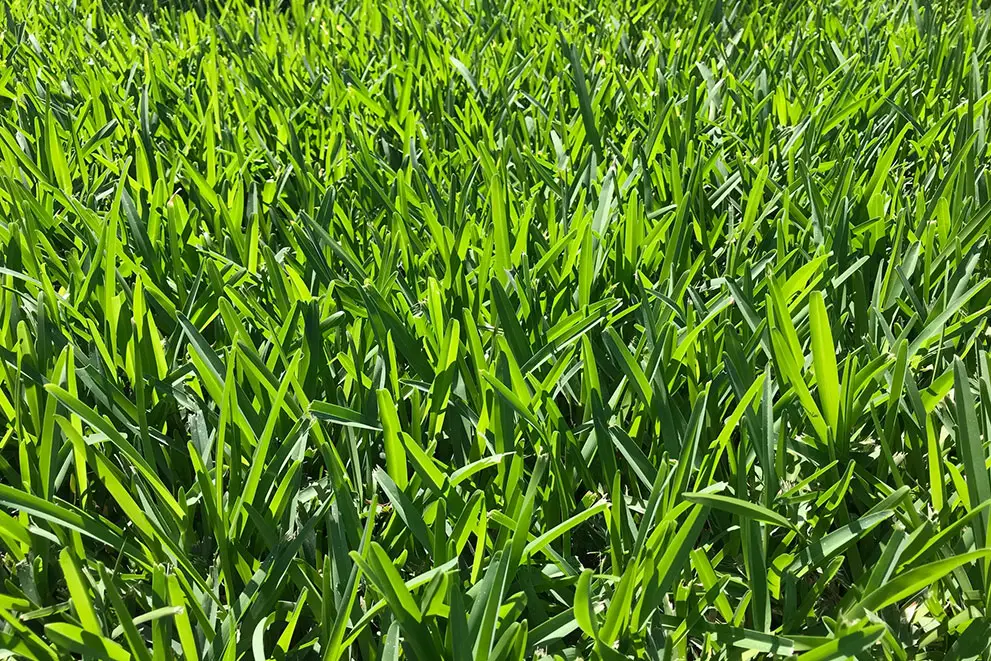
Floratam St. Augustine grass was released by the Florida and Texas Agricultural Experiment Stations in 1972 as a SAD virus and chinch bug resistant selection. Like other Florida types, Floratam is a vigorous, coarse textured St. Augustine grass variety.
- Floratam has a purple stigma color and is sterile. Stolons of Floratam are large, purplish-red in color with internodes averaging 3 inches in length.
- Leaf blades are wider and longer than common St. Augustine grass. The morphological characteristics of Floratam are similar to those of Roselawn St. Augustine grass which is used as a pasture grass on muck soils in south Florida.
- Floratam is not as cold tolerant as the common type found in Texas. Its use should be restricted to south Florida and the coastal zones of other southern states. Floratam also lacks the degree of shade tolerance that other St. Augustine grass varieties possess.
Raleigh St. Augustine Grass is a popular choice for lawns and gardens in the southeastern United States.
Raleigh is a unique type of St. Augustine grass that is native to North Carolina.
- It is a hardy grass that can its ability to withstand harsh conditions, and to resist disease and pests.
- Raleigh Augustine Grass has a deep root system that helps it to stay green even in the hottest summers.
- These characteristics make Raleigh grass a perfect choice for those who want a low-maintenance lawn..
Seville St. Augustine grass is a warm season turfgrass that is found in lawns throughout the southern United States.
It's lawn grass that is known for its deep green color, thick lush growth pattern dense blades.
- Seville St. Augustine grass is a popular choice for lawns and gardens because it is relatively low-maintenance and can tolerate moderate shade..
- It is also drought-tolerant and has a high tolerance for heat and salt. Makes a great lawn grass for properties along coastal locations.
- Seville does require regular watering and mowing, but overall it is a fairly easy grass to care for.
- The grass is named after the city of Seville, Spain, and the city of St. Augustine, Florida.
CitraBlue St Augustine grass was developed by the University of Florida’s turfgrass breeding program under the direction of Dr. Kevin Kenworthy, in collaboration with plant pathologist Dr. Phil Harmon and entomologist Dr. Adam Dale.
- CitraBlue features a distinctive blue-green color with a denser, more compact canopy than Floratam, making it more competitive against weeds.
- Studies shared at the recent UF/IFAS North Central Florida Turf grass Field Day showed that Citra Blue outperformed Floratam in resisting take-all root rot, large patch, and gray leaf spot.
- Exhibited good turf quality under drought conditions longer than Floratam and most other St. Augustine grasses.
ProVista is a new type of St. Augustine grass that has been developed by the University of Florida.
It is a hybrid of two existing types of St. Augustine grass, and it has been designed to be more resistant to disease and pests. It is a cross between two native Florida grasses, Florida 407 and Floratam.
- ProVista St. Augustine grass has many advantages over other types of St. Augustine grass, including improved disease resistance, better heat and drought tolerance, and a more attractive appearance..
- ProVista St. Augustine is available in sod form.
- ProVista is a popular choice for homeowners who are looking for a low-maintenance grass that will stay green all year long.

